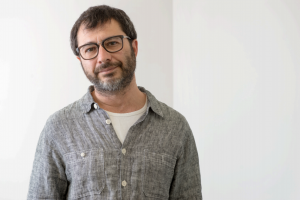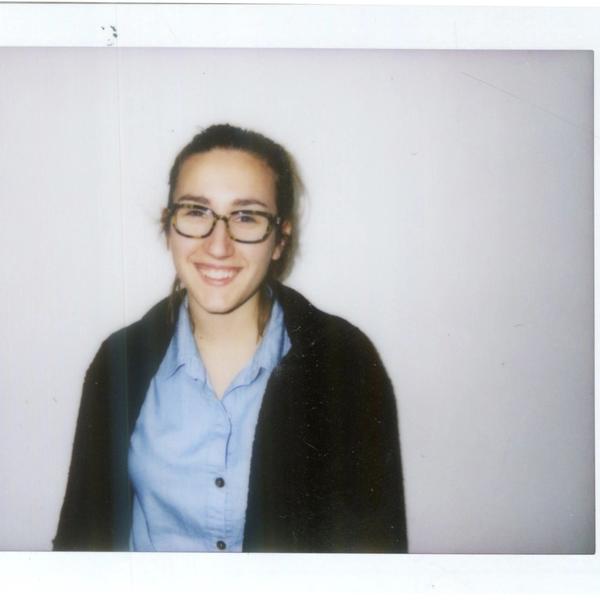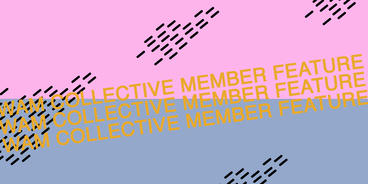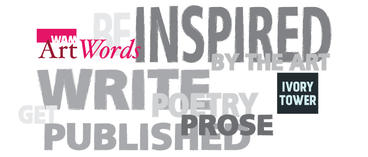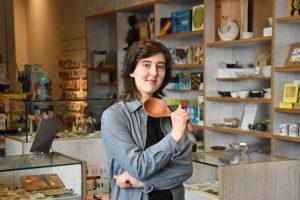In 2011 WAM re-opened to the public after a yearlong construction project that doubled our exhibition space and added the Target Studio for Creative Collaboration. The Target Studio was designed to be a permanent space devoted to stimulating creativity through visionary collaboration among artists of all disciplines and between artists and practitioners of other disciplines not traditionally associated with the arts. Over the 6 years since, the Target Studio has been home to a number of dynamic exhibitions including IMAGE/Transition, Big Bridges, Still. . .Life, and most recently The Talking Cure.
This spring, WAM hired the Target Studio’s first Cindy and Jay Ihlenfeld Curator for Creative Collaborations, Boris Oicherman. After getting an exciting inside view of the interview process, WAM Collective reached out to get to know Boris a bit better and ask him some pressing questions.
Name:
Boris Oicherman
Hometown:
I don’t really have one – I’ve been moving around continuously since I was born, many towns in four countries.
Educational Background:
I studied printing technologies in Israel (Hadassah College Jerusalem, Israel), color science in the UK (MSc in the London College of Communication, PhD in the Leeds University), and art in the US (MFA, Stanford).
What does a PhD of Color Science consist of?
Color science is a multidisciplinary field that deals with the relationship between color perception and color technologies such as printing and photography. In my PhD I researched the practical implications of differences in color vision between people. For instance: what are the chances that the graphic designer and his client will disagree on a color because of their differences in perception? The research was mostly psychophysical: designing experiments that help learn relevant aspects of color vision.
How does your background in color science and the corporate world influence what you bring to the table as a curator?
I studied technology, worked with large companies, created and exhibited art – each of these worlds has a unique culture and language. The most important lesson my experiences have taught me is the appreciation of the differences and the commonalities of these cultures, and the ability to develop common language with people of diverse professions. My job as the curator for collaborations will be creating conditions where professionals from different fields work together, and my ability to speak many professional languages will, I believe, be of great help here.
What is your favorite project you’ve worked on?
My favorite personal project is “49 Days for Space” in which I collaborated with the composer Laura Steenberge. We were present in a public space at Stanford every day for seven weeks and learned how to compose music for that space, how to teach and to learn in public, and how the teaching and the research can shape the way the university campus looks and feels. It is my favorite because, even though it was a one-off art performance, we have managed to come up with a pedagogical approach that can be actually implemented in a “real” teaching setting.
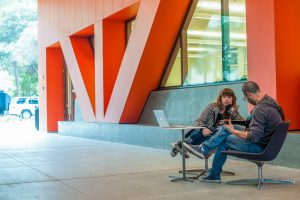
What are the artists/works of art are you most interested in right now?
Right now I am most interested in artists that deal with problems in the world – as opposed to problems unique to art. I’m especially interested in art that brings fields of knowledge and people together to address a given problem most effectively. Examples are Tanya Bruguera, who is currently setting up an institute in Cuba to address local social and political issues; or Olafur Eliasson, who has set up a technology company to deal with the problem of off-the-grid lighting in Africa.
What are the guiding questions that drive your research practice?
How does art fit into life? How we can use the unique art knowledge to solve problems in the world? How we can address problems from the perspective of the world – as opposed to the perspectives of individual disciplines? What the role of the arts in the academy can be? How art can become the catalyst of interdisciplinary research in the university?
Do you have a favorite work of art?
Yes, it is “1° 2° 3° 4°” by Robert Irwin in the Museum of Contemporary Art in San Diego Museum of Art
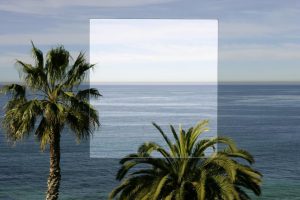
A favorite quote?
“This World’! As if there were any other.” Susan Sontag, “Against Interpretation”, 1966
What does the phrase “creative collaboration” mean to you?
For me, first of all it means complete openness to all knowledge, regardless of its source. I am particularly interested in collaborations across disciplines. Different disciplines very often deal with similar questions and problems but each from its own perspective, each using its own tools and methods. Collaborations begin when we accept the possibility that people who use different tools and methods may have something valuable to contribute to our own questions. The collaboration materializes when we act on that possibility and make effort to get to work with people from other disciplines.
In my view, any cross-disciplinary collaboration is creative, whether or not it involves art. I do believe though that art can facilitate collaborations through its inherently open and speculative approaches: artists make wild connections and act on their instincts, and in the process can catalyze inquiries and ask questions not otherwise possible.
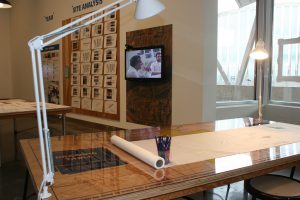
How do you see the future of the Target Studio for Creative Collaboration evolving under your leadership?
I see the Target Studio as a common platform for creative dialogue: it should support artists and researchers in discovering common motivations and formulating questions that can only be addressed by joining their tools and intuitions together. The platform is physical – the Studio is a museum space – but most importantly it is an organizational platform. I believe that the Studio has to hold a very active – maybe even activist – position in facilitating cross-disciplinary research by constantly initiating activities that embed art practices into the university’s teaching and research.
A utopian visualization of the Target Studio for Creative Collaboration is that it can be a museum space that expands to include the entire campus: everything that happens in it, be it an exhibition or any other activity, must have consequences for the university at large. Achieving this vision will be my greatest challenge.
What drew you to the Weisman Art Museum?
I have a long-term interest in approach to art as knowledge, especially in ways in which art can attach to non-art disciplines. I was looking for an opportunity to embed art into academic environment, and the Weisman Art Museum gave it to me. The position of the curator for creative collaborations is utterly unique in this way, and it fits perfectly into my artistic agenda – I can’t imagine a better place to work at this stage of my career.
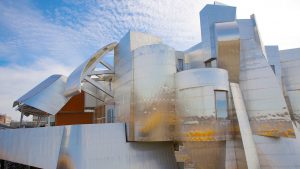
What are you most excited about for your new position?
My approach to art is extremely site-specific: I treat every location where I work as my art material. My locations were rooms, galleries, streets – places where exhibitions and other art events were organized, and I gradually began to feel limited by the art context, the physical boundaries and the short time-frames of these events. The position of the curator at WAM gives me access to an entire major university campus as my site, plus the time to implement my artistic agenda on the scale I could not imagine before – and this all is beyond exciting!
What are you looking forward to most about moving to the Twin Cities?
First of all I am looking forward to reuniting with my family! My son Michael and my partner Katya have stayed in Israel all the time I studied at Stanford, and I am so looking forward to getting back together with them in the Twin Cities.
I also look forward to learning about the U of M and the Twin Cities, to getting to know new people, and to engaging with the local communities and organizations. I would like to use this opportunity to make myself available to everyone who is interested in creating research-based collaborative projects that involve embedding art and design thinking into the academic research - please do contact me at the museum with your ideas!
